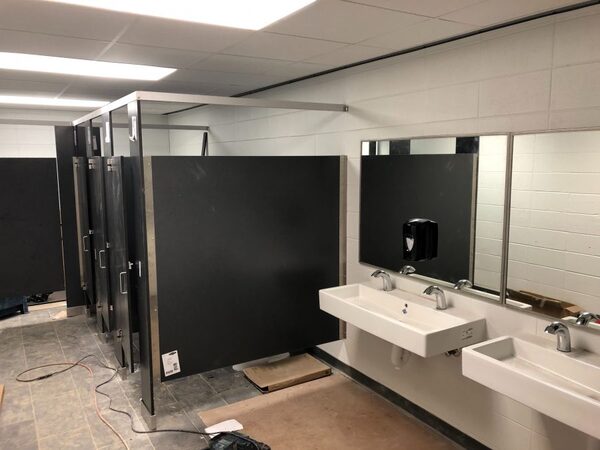Bacteria and Antibiotic Resistance in School Bathrooms
(1) St. Peter's School, (2) Medford High School, (3) Acton-Boxborough Regional School, (4) Harvard Medical School
https://doi.org/10.59720/20-011
Antibiotics are a class of compounds that can be used to treat patients with bacterial infections. Although these drugs are largely effective, the widespread use of antibiotics has led to the development of antibiotic-resistant bacteria. Since school bathrooms are widely suspected to be unsanitary, we wanted to compare the total amount of bacteria with the amount of bacteria that had ampicillin or streptomycin resistance across different school bathrooms in the Boston area. We hypothesized that because people interact with the faucet, outdoor handle, and indoor handle of the bathroom, based on whether or not they have washed their hands, there would be differences in the quantity of the bacteria presented on these surfaces. Therefore, we predicted certain surfaces of the bathroom would be less sanitary than others. After plating samples with or without antibiotics, we concluded that the only swabbed surface with bacteria was the faucet. As a whole, our results demonstrate that we need to clean our bathroom better in some places more than others. Future research questions could investigate more surfaces in the bathrooms, more bathrooms across Boston, or different times of the day.
This article has been tagged with: